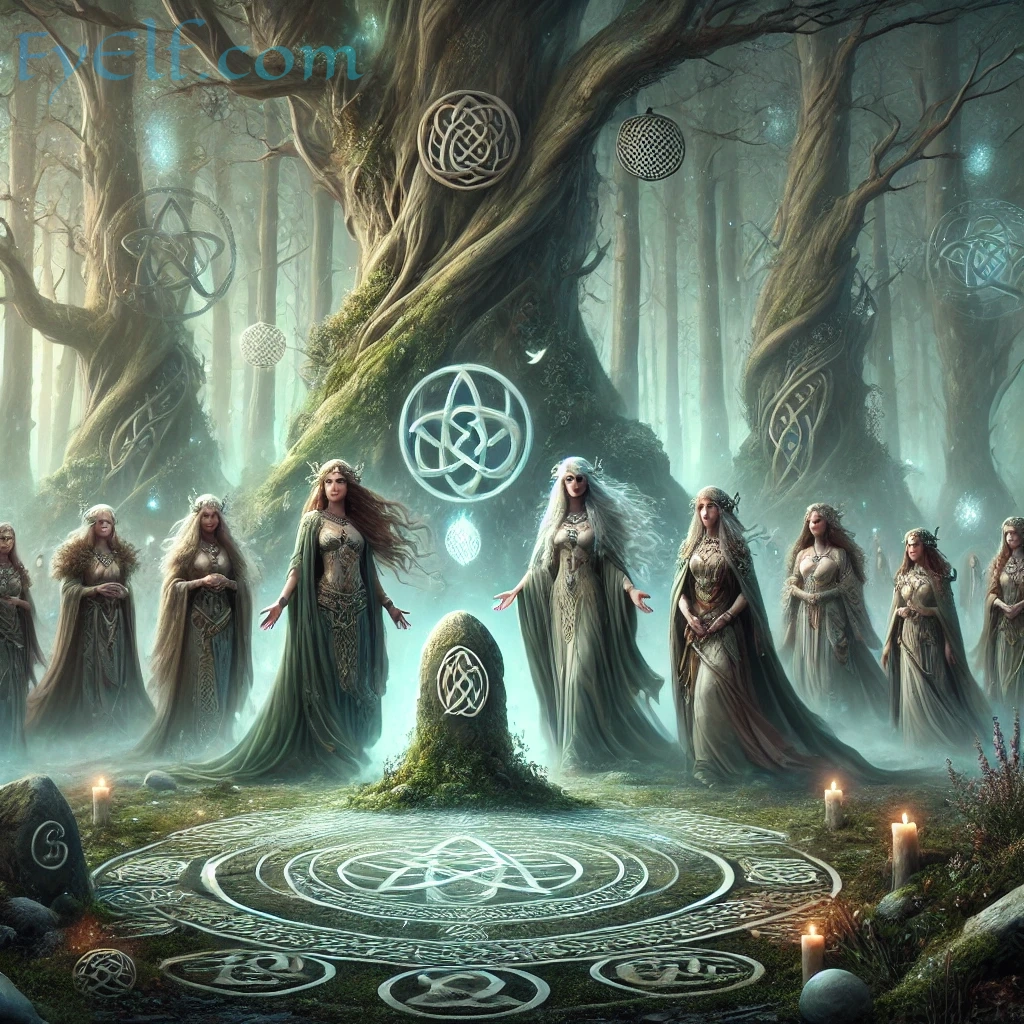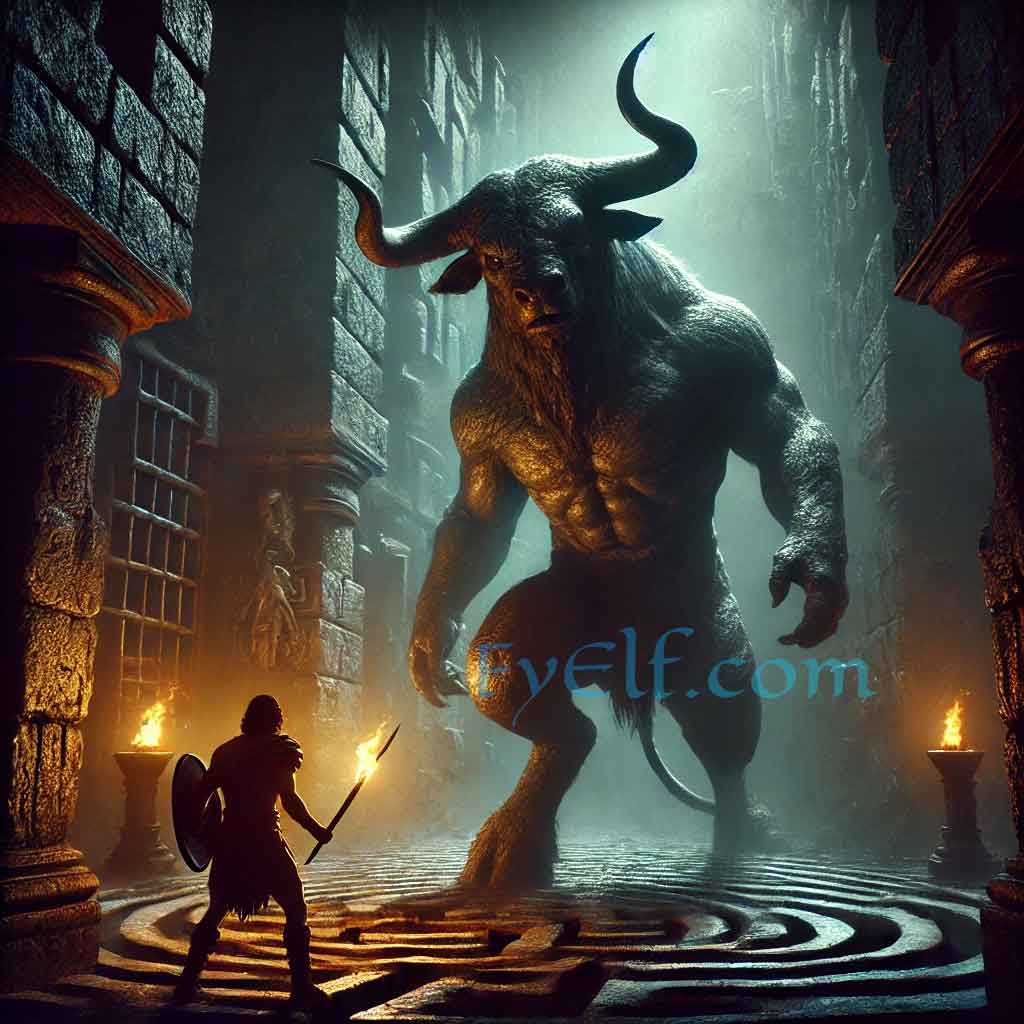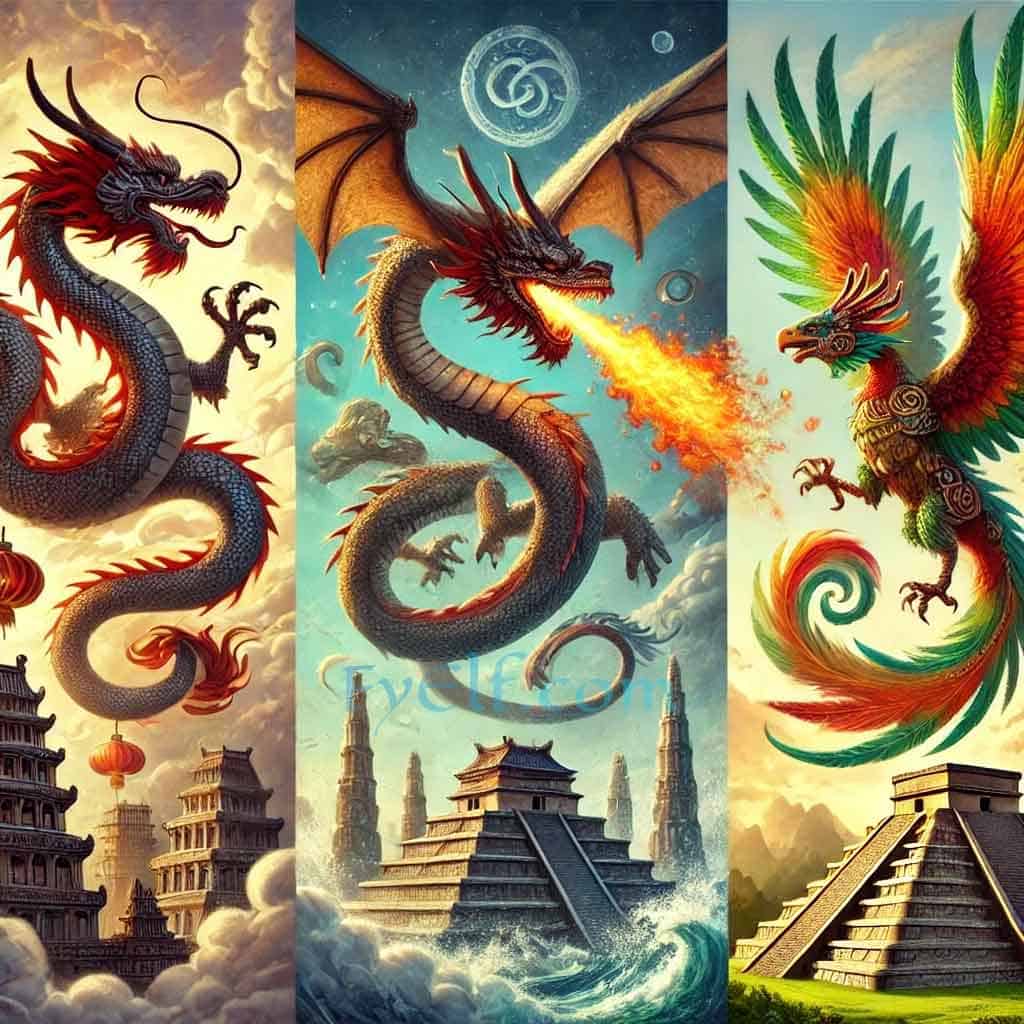The Restless Dead of the North
In Norse mythology, few creatures instill as much dread as the draugr—undead beings who rise from their burial mounds to haunt the living. These revenants, with their grotesque appearances and supernatural strength, embody the Viking age’s fears of death, dishonor, and the defiance of natural law. Far from being mere zombies, draugar (plural) are intelligent, malevolent, and deeply rooted in Norse cosmology and culture.
Origins and Etymology
The word draugr (Old Norse: draugr; plural: draugar) means “ghost” or “revenant.” These beings are not disembodied spirits but reanimated corpses that dwell in their graves or mounds (haugar), fiercely guarding the treasures and honors they took to the afterlife.
In Icelandic sagas and Eddic poetry, draugar often appear as cautionary figures, punishing oath-breakers, disturbing settlements, or attacking grave robbers. Their origins likely stem from a blend of animistic beliefs, ancestor worship, and early Germanic interpretations of spiritual unrest.
Physical Description and Powers
Draugar are described as hideously bloated, with darkened or necrotic flesh, glowing eyes, and an unbearable stench of decay. Yet, their physical repulsiveness is matched by their superhuman abilities. They often possess:
- Enormous strength
- The ability to grow larger at will
- Magical powers, including shape-shifting and weather control
- The power to curse the living or infect them with illness
- The capacity to control dreams or enter the minds of the living
Their strength and invulnerability made them nearly impossible to kill by ordinary means.
How Draugar Were Made
Unlike modern undead tropes involving infection or curses, the transformation into a draugr was typically a result of moral failing or improper burial. A greedy or prideful warrior might return as a draugr to guard his hoard or wreak vengeance. Alternatively, if proper funeral rites weren’t performed—or were done incorrectly—the dead might rise again in unrest.
Famous Draugar in Norse Sagas
Grettir and the Draugr Glamr
One of the most famous stories involving a draugr comes from Grettis saga Ásmundarsonar, where the hero Grettir faces the draugr Glamr. After killing a troublesome shepherd, Glamr rises from the grave and terrorizes the countryside. Grettir eventually defeats him in a harrowing night battle, but not before being cursed with fear of the dark—an affliction that haunts him for life.
Þórólfr bægifótr from Eyrbyggja Saga
In Eyrbyggja Saga, a man named Þórólfr returns from the dead after a life marked by cruelty and violence. As a draugr, he terrorizes his old homestead, kills livestock, and drives people mad until he is finally exorcised through a complicated ritual.
The Role of Burial Mounds
Draugar are often connected to burial mounds, which served both as tombs and sacred sites. These mounds were not merely grave markers but liminal spaces—gateways between the world of the living and the dead. The disturbance of a mound, particularly for treasure or revenge, often invites draugar retribution.
Draugar vs. Ghosts: Key Differences
In Norse tradition, draugar differ significantly from ordinary spirits or haugbúi (mound-dwellers):
| Feature | Draugr | Ghost |
|---|---|---|
| Form | Corporeal (physical body) | Incorporeal |
| Strength | Superhuman | No physical force |
| Intent | Malevolent | Often neutral or mournful |
| Behavior | Active, violent | Passive or communicative |
Cultural Symbolism of the Draugr
Draugar symbolize several deeper Norse themes:
- Dishonor in death: The restless dead signify a failure in the death ritual or moral corruption.
- Greed and material attachment: Many draugar rise to guard treasure or status, revealing the Norse warning against excessive attachment to worldly possessions.
- The fear of legacy: For a culture that revered heroic death, to return as a draugr was a fate worse than Hel.
Connections to Other Undead Lore
Although unique to Norse mythology, the draugr shares qualities with undead figures from other cultures:
- Slavic folklore: The upir or vampire shares traits of nocturnal menace and bloodlust.
- Celtic mythology: The revenant or wight is similar in its undead nature and vengeful purpose.
- Christian medieval legends: The idea of excommunicated or cursed dead echoes the draugr’s return due to impiety or sacrilege.
Combatting the Draugr
According to sagas, destroying a draugr required ritual and physical acts:
- Decapitating and burning the corpse
- Reburying the remains in consecrated ground
- Blocking the burial site with holy symbols or runes
These rituals mirror modern exorcism in concept and reflect the Norse people’s complex beliefs about the afterlife and spiritual corruption.
Modern Legacy and Pop Culture
Draugar continue to influence modern horror and fantasy genres:
- In video games like Skyrim, draugr are common undead enemies.
- In Tolkien-inspired fantasy, barrow-wights (as in The Lord of the Rings) reflect draugr traditions.
- Norse-themed metal bands and modern novels often draw from the imagery and mythos of the draugr as undead warriors.
Linking Draugar to Viking Jewelry and Symbolism
The dark, mysterious power of Norse undead often finds echo in symbolic Viking art. Serpent-headed motifs, runic inscriptions, and burial mound iconography reflect the culture’s reverence for life after death and the spirit world. Jewelry inspired by Norse mythology—such as serpents, ravens, or warrior amulets—serves as a bridge between the living and the legendary. Explore these powerful symbols in our Viking Dragon & Serpent Jewelry Collection.
Conclusion: The Undying Legacy of the Draugr
The draugr remains a haunting reflection of Norse beliefs about mortality, morality, and the spiritual consequences of one’s earthly actions. These undead warriors weren’t mindless ghouls—they were driven, dangerous, and deeply symbolic. As keepers of ancestral warnings and grave-born power, draugar continue to fascinate scholars, storytellers, and fans of Norse mythology worldwide.




